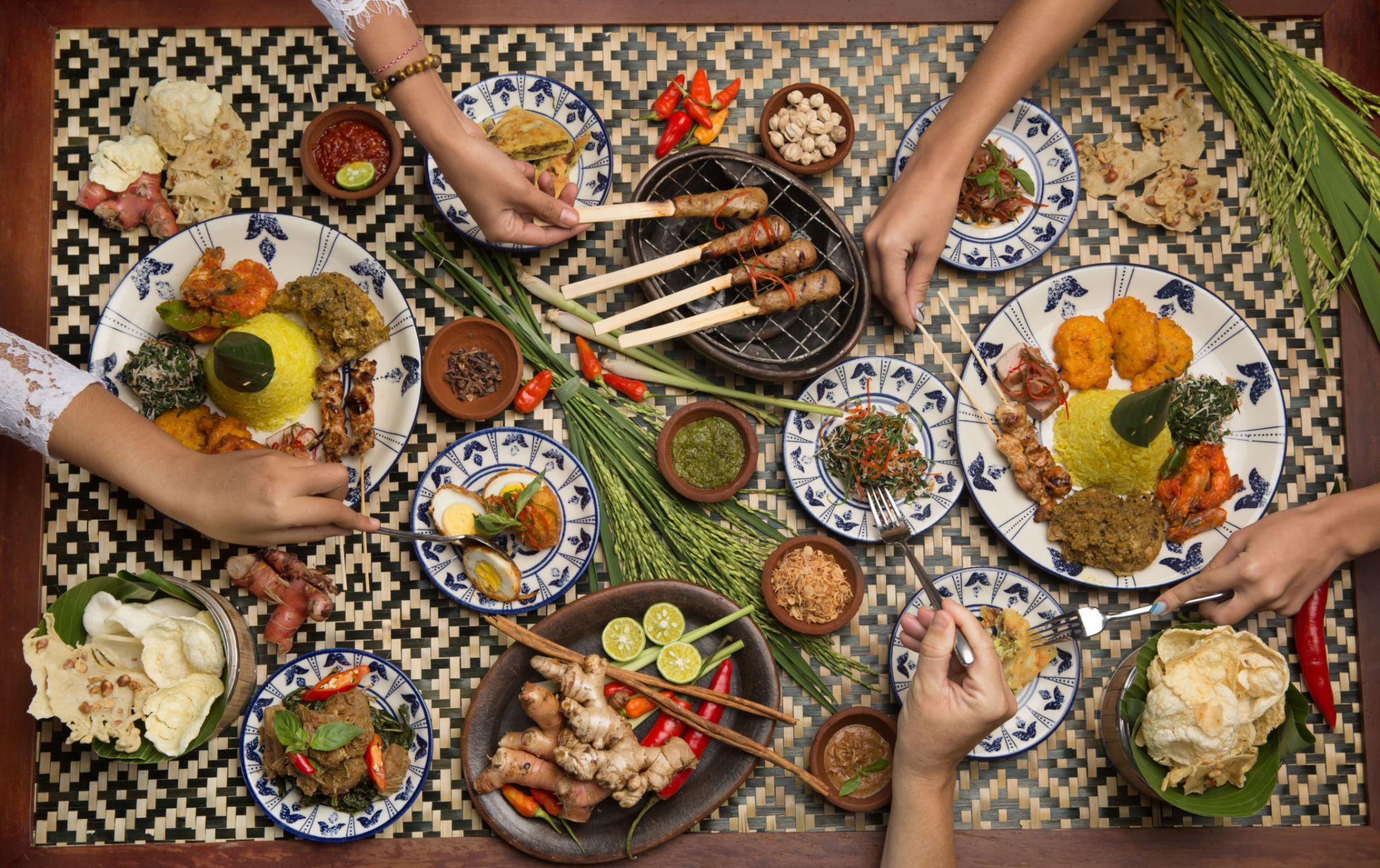Myths About Indonesian Cuisine: What You Should Really Know
Understanding the Richness of Indonesian Cuisine
Indonesian cuisine is a vibrant tapestry woven from diverse cultures and traditions, yet it is often misunderstood. Many myths surround this Southeast Asian culinary gem, and these misconceptions can overshadow the authentic flavors and stories behind each dish. In this blog post, we'll debunk some common myths and offer insights into what makes Indonesian cuisine truly unique.

Myth 1: Indonesian Food Is Just Spicy
While it's true that Indonesian dishes can pack a punch, assuming all Indonesian cuisine is fiery hot is a misconception. The archipelago's vast array of spices allows for a broad spectrum of flavors, from sweet and savory to mild and aromatic. For instance, dishes like nasi goreng (fried rice) and sate ayam (chicken satay) can be enjoyed with varying levels of spiciness based on personal preference.
Additionally, regional variations play a significant role. Javanese cuisine tends to be sweeter, while Sumatran dishes might feature more spice. This diversity ensures that there's something for everyone, regardless of their spice tolerance.
Myth 2: It's All About Rice
Rice is indeed a staple in Indonesian meals, but it doesn't define the entirety of the culinary landscape. Indonesia offers a wide range of dishes where rice isn't the centerpiece. For example:
- Mie goreng: A popular noodle dish that showcases the country's love for different types of noodles.
- Gado-gado: A delightful vegetable salad dressed in a rich peanut sauce.
- Soto: A flavorful soup that can be made with chicken or beef.

Myth 3: All Dishes Are Complicated to Make
The perception that Indonesian dishes are complex and time-consuming is another myth worth debunking. While some traditional recipes involve intricate processes, many delicious Indonesian dishes are simple to prepare at home. For example, bakwan, a type of vegetable fritter, requires just a few ingredients and minimal cooking skills.
The beauty of Indonesian cuisine lies in its adaptability. Home cooks can adjust recipes to suit their available ingredients and time constraints without compromising on flavor.

Myth 4: It's All Street Food
Street food does play a prominent role in Indonesia's culinary scene, offering quick, tasty bites for locals and tourists alike. However, the country's culinary repertoire extends far beyond street stalls. Indonesia boasts an array of sophisticated dishes served in upscale restaurants and homemade family meals.
Dishes like rendang, a slow-cooked beef stew, showcase the depth and complexity of flavors that Indonesian cuisine can offer. These meals often reflect the country's rich cultural heritage and culinary expertise.
The True Essence of Indonesian Cuisine
Indonesian cuisine is a celebration of cultural diversity and regional specialties. By understanding and appreciating the nuances behind each dish, we can move beyond common myths and embrace the authentic flavors that make this cuisine so special.
The next time you explore Indonesian food, keep an open mind and savor the journey through its diverse landscapes of taste. Whether you're trying something new or revisiting a favorite dish, you'll find that there's always more to discover in the world of Indonesian cuisine.